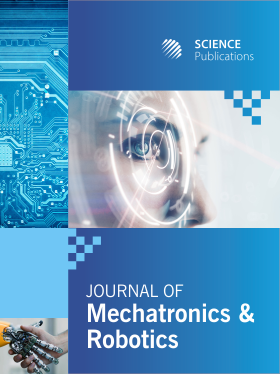Presents Some Aspects and Applications of Projective Geometry
- 1 Bucharest Polytechnic University, Romania
Abstract
Projective geometry is that area of geometry that treats geometric figures from the point of view of the perspective and the horizon line, figures that are considered invariable by projection. The origins are found in the Pappus works of Alexandria (4th century AD), which, referring to the results of Apollonius in Perga, introduces the concept of an anarchic report. The study of projective geometry is later resumed by mathematicians like Pascal or architects like Gérard Desargues in the seventeenth century, to be theorized and taught in the late 18th century by Gaspard Monge. Jean-Victor Poncelet, through his work, the Traité des propriétés géométriques des figures, gives a strong leap to this science, but this is based on Euclidean geometry. However, the affine geometry excluded the possibility of an intersection of parallel lines, an essential notion in the projective geometry. But the 19th-century discoveries of August Ferdinand Möbius, Julius Plücker and especially Felix Klein’s 1900s, definitively separate the projective geometry from the Euclidean one. There is also a conceptual revolution: If until then geometry was a science of figures, now the focus is on geometric transformations, the associated internal compositional laws, the structures of the various transformation groups.
DOI: https://doi.org/10.3844/jmrsp.2019.389.430

- 9,655 Views
- 9,991 Downloads
- 0 Citations
Download
Keywords
- Robots
- Mechatronic Systems
- Automation
- Projective Geometry
- Geometric Figures
- Perspective
- Horizon line
- Invariable by Projection
